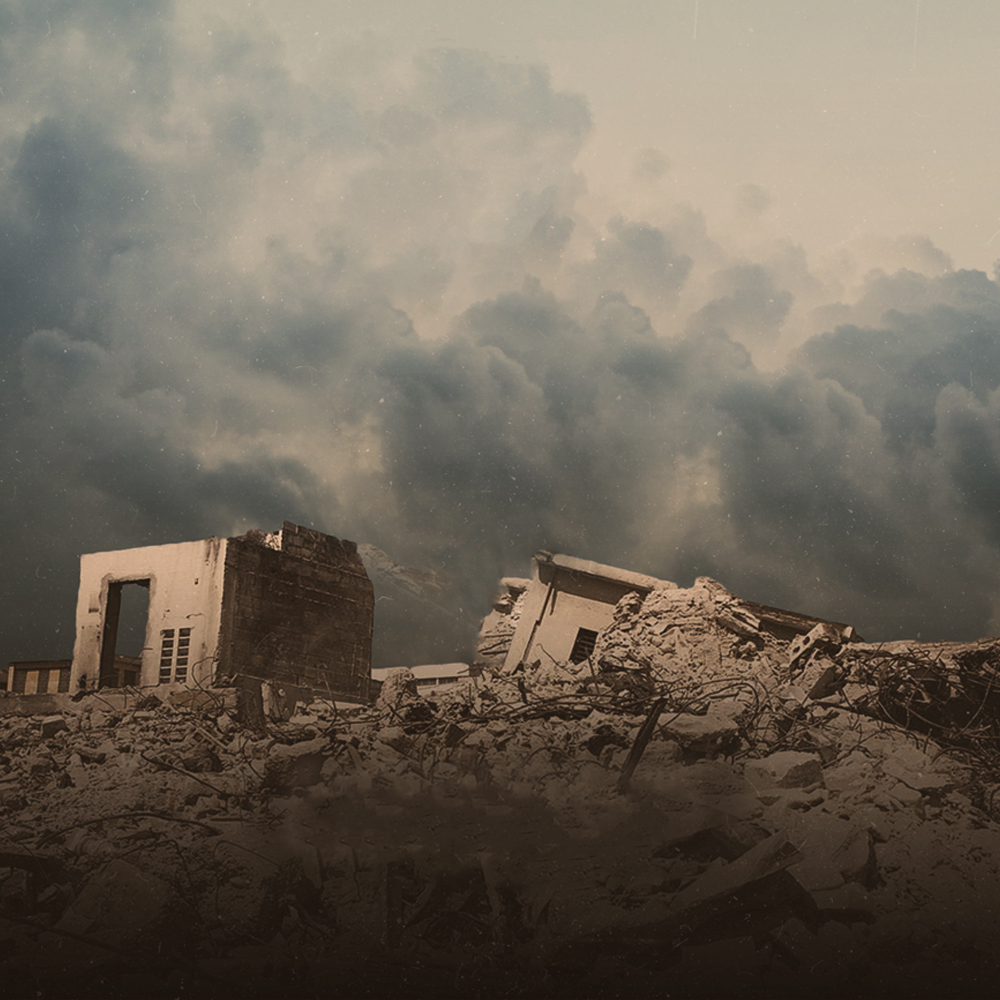
Making Stronger & Safer Pakistan
Pakistan ranks among the world's most seismically active regions, with a history of medium to strong earthquakes causing extensive damage to property, infrastructure, and human lives. The intensity of shaking serves as a measure of earthquake depth. An earthquake's shaking strength diminishes with increasing distance from the earthquake's source. Consequently, the surface shaking resulting from an earthquake at 500 km depth is significantly less than if the earthquake occurred at just 20 km depth. When we examine the recent earthquake occurrences in Pakistan, numerous events stand out. However, only a few are deemed to have caused the most profound and devastating impact.
For instance:
Back in 2005, the regions Muzaffarabad, Uri, Anantnag, and Baramula had an earthquake depth of 40 km with a magnitude of 7.6 that caused infrastructure costs of approximately Rs. 135.1 billion with 4 million people left homeless. This was not it, most importantly, it caused approximately 80,000 causalities. However, in 2008, Quetta had a depth of 57 km with a magnitude of 6.4 that caused 166 losses. Whereas in 2013, regions Awaran and Kech had a depth of 37 km with a magnitude of 7.7 with 825 causalities.
Considering the impact of earthquake depths may not directly correlate with the causalities. Additional factors, such occurring earthquakes may also trigger a tsunami, leading to further victims and destruction.
We can say when natural disasters happen one can only pray. However, due to technological advancement in the contemporary world, we can take advantage of technology by increasing the resistance against natural disaster such as earthquakes. To mitigate the damage of earthquakes from an engineering standpoint, design and construct such structures that are capable of withstanding strong ground motions. Generally, when we think of constructing a building, we usually think of concrete structures. but the whole story does not end there. There’s a steel bar within the concrete that plays a significant role, as it provides tensile strength, which concrete generally lacks, while concrete offers compressive strength.
The use of low-quality materials and low-grade steel from a construction point of view has had a devastating impact on buildings. Some builders and contractors use inferior and ungraded materials to save costs and increase profit shares which results in having adverse impact on the building. Many houses and buildings have fallen victim to these ill practitioners. Being in a construction marketplace their expertise can easily fool a layman and use substandard material. Pakistan lacked emergency plans before the 2005 earthquake, while Japan had existing plans that helped minimize casualties. However, both countries had significant gaps in the distribution of responsibilities among actors. In the construction industry, the use of graded steel, specifically Grade 60 steel bars will make buildings and infrastructure more secure than using low-grade steel.
There should be a program like techno-legal consultants that would provide and work through enabling legislative reforms to combine policy, regulation, and practice for updating building codes and strengthening implementation mechanisms, including capacity-building and public engagement. In Pakistan, only a handful of steel companies are actively striving to meet the Grade 60 standard by transitioning from ordinary steel bars and Grade 40. FF Steel (Frontier Foundry Ltd.) is one of the few companies that has taken the initiative to produce Grade 60 steel bars, following the earthquake incident in 2006. This move aimed to reduce the risk of earthquake-related casualties.
FF Steel has put its efforts into improving the quality of construction and even organized an awareness event concerning the usage of Grade 60 steel bars as a minimum requirement in construction. The company’s chairman, Senator Nauman Wazir stated “The quality construction could save hundreds of human lives, the caved-in roofs and collapsed buildings in media proved that compromise on quality could result in a life-long tragedy”.
Back then, the company was the sole producer of Grade 60 steel bars, over time, the pursuit of improved strength and quality has been ongoing. The company has now expanded its production line to include Grade 80 steel bars. The company is increasing competition in the steel market so that others can also join this race to improve and make a stronger and safer Pakistan. This will not only improve the safety of mega projects where additional strength and seismic resilience are required but it also enhances the quality of the constructed buildings and meet future demand by erecting high-rise buildings. Pakistan is one of the most resilient nations on earth where thriving steel companies such as FF Steel are working on utilizing advanced forms of technology to reduce the impact caused by earthquakes.
References:
Tectonic Plates and Tectonic Waves Cause Earthquakes - Quantectum. (n.d.). https://quantectum.com/. https://quantectum.com/blog/tectonic-plates-and-tectonic-waves-cause-earthquakes/
Recent earthquakes and their magnitudes in Pakistan. (n.d.). Worlddata.info. https://www.worlddata.info/asia/pakistan/earthquakes.php
Nadeem, M. (n.d.). Impact of Inflation and Rising Costs of Construction in Pakistan Written By Muhammad Nadeem. https://www.linkedin.com/pulse/impact-inflation-rising-costs-construction-pakistan-written-nadeem
Tehsin, E. K. B. K. E. A. A., Tehsin, E. K. B. K. E. A. A., Tehsin, E. K. B. K. E. A. A., & Tehsin, E. K. B. K. E. A. A. (2023, October 2). Building seismic resilience in Pakistan: 15 years after the 2005 earthquake. World Bank Blogs. https://blogs.worldbank.org/endpovertyinsouthasia/building-seismic-resilience-pakistan-15-years-after-2005-earthquake
Schwarz, J. A., Kascel, V., Azmat, M., & Kummer, S. (2023, March 31). Collation of best practices for preparedness: lessons from disasters in Pakistan and Japan. Journal of Humanitarian Logistics and Supply Chain Management; Emerald Publishing Limited. https://doi.org/10.1108/jhlscm-07-2022-0086
